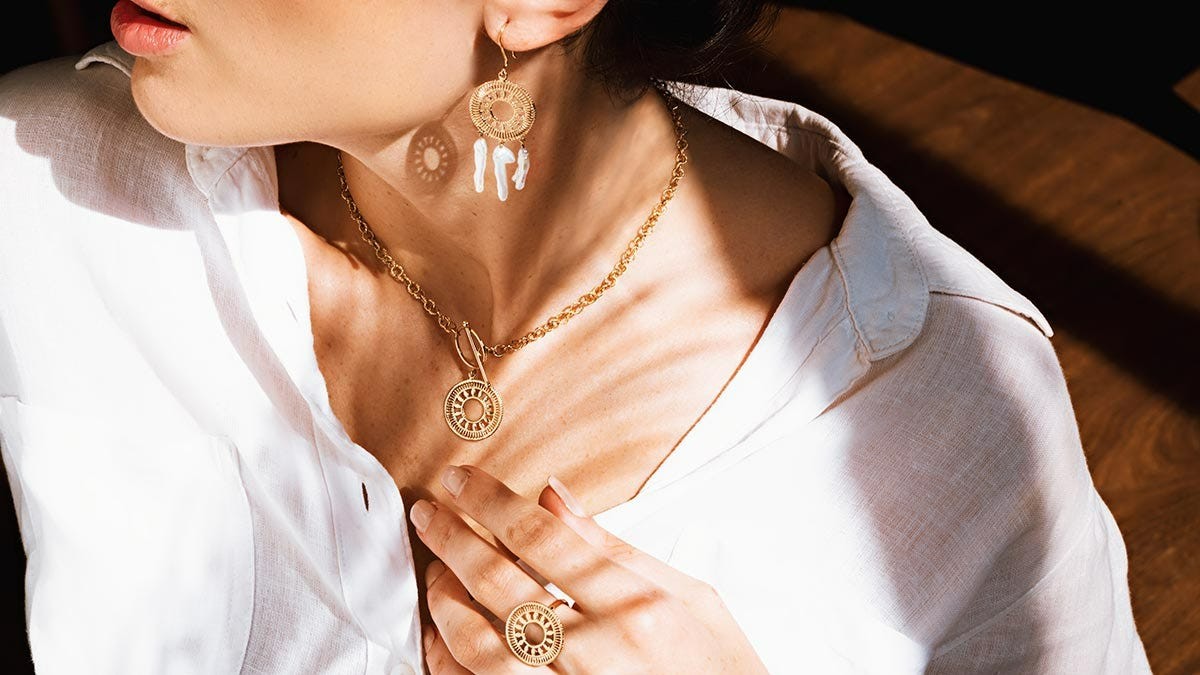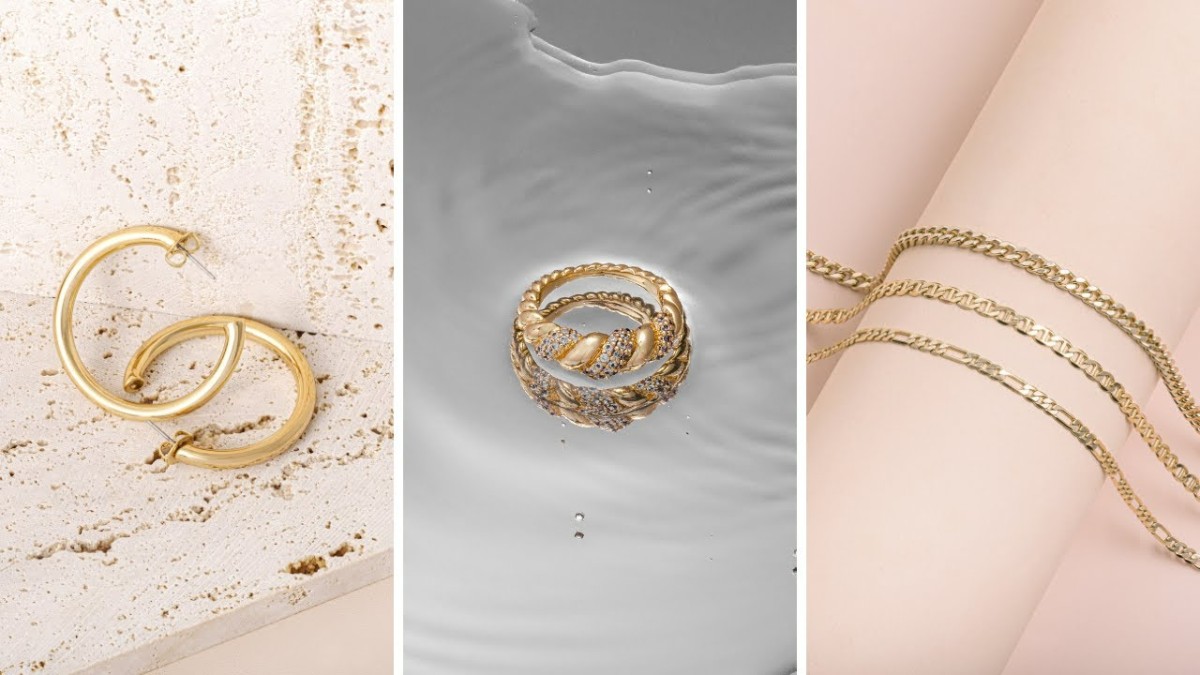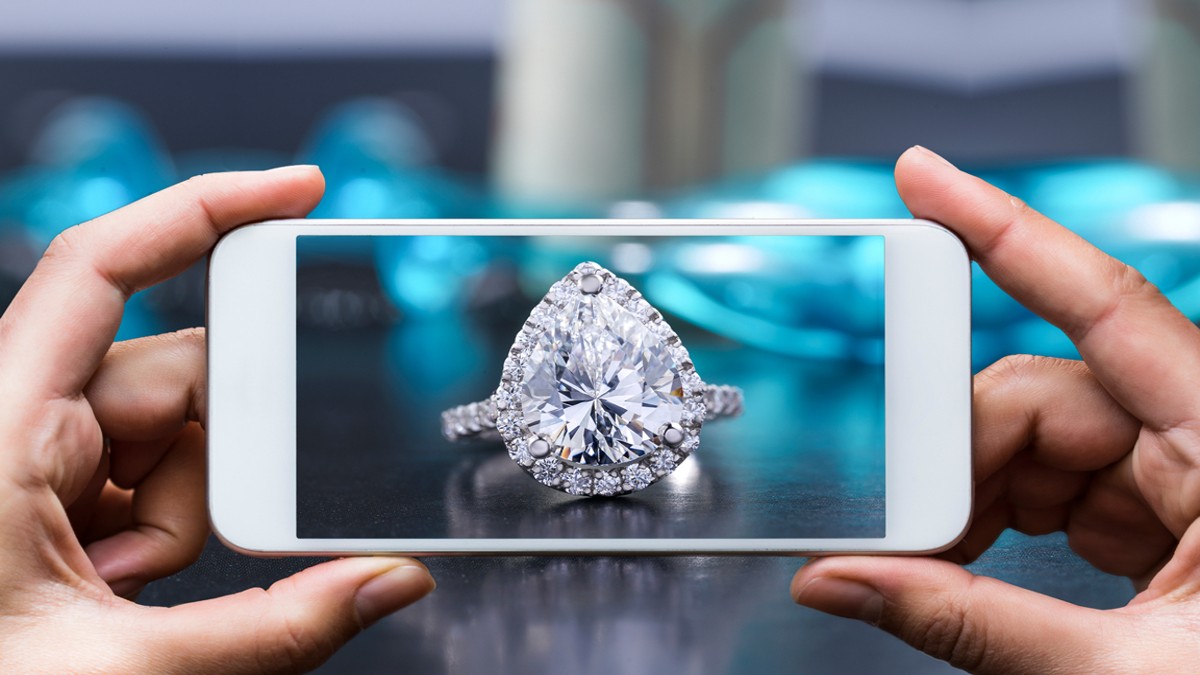
How To Photograph Jewelry: Jewelry Photography Tips
Introduction
When it comes to selling jewelry online or showcasing your creations, captivating visuals are key. But mastering jewelry photography isn’t just about snapping a few shots—it’s an art form that requires skill, patience, and attention to detail. In this guide, we’ll delve into the world of jewelry photography, offering valuable insights and practical tips to help you elevate your craft.
Importance of Jewelry Photography
In the digital realm, where consumers rely heavily on visuals to make purchasing decisions, high-quality photography can make or break a sale. For jewelry, in particular, stunning visuals are imperative as they showcase the intricate details, craftsmanship, and sparkle that make each piece unique. Whether you’re a jewelry designer, seller, or enthusiast, investing in professional-grade photography can significantly enhance the appeal and perceived value of your pieces.
Equipment Needed for Jewelry Photography
To capture jewelry in its full glory, you’ll need more than just a smartphone camera. Investing in the right equipment is essential for achieving professional-looking results. Here’s a rundown of the must-have gear for jewelry photography:
- Camera: While a DSLR or mirrorless camera offers greater control and image quality, a high-end smartphone with advanced camera features can also yield impressive results.
- Lighting: Adequate lighting is crucial for illuminating the jewelry and highlighting its details. Consider investing in a quality lightbox or LED lighting kit to achieve consistent, shadow-free illumination.
- Backdrop: Choose a neutral backdrop, such as white or black, to minimize distractions and ensure the focus remains on the jewelry.
- Tripod: A sturdy tripod is essential for keeping your camera steady and achieving sharp, blur-free images, especially in low-light conditions.
- Macro Lens: For capturing close-up shots and intricate details, a macro lens is indispensable.
Setting Up Your Photography Space
Creating a dedicated photography space allows you to control the environment and optimize conditions for capturing stunning jewelry images. Here are some tips for setting up your photography space:
- Choose a Well-Lit Area: Natural light is ideal for jewelry photography, so position your setup near a large window or set up artificial lighting sources strategically.
- Eliminate Distractions: Clear clutter from the area and ensure the backdrop is free from wrinkles or blemishes that could detract from the jewelry.
- Organize Your Tools: Keep your camera, lighting equipment, props, and accessories within easy reach to streamline the shooting process.

Understanding Lighting
Lighting plays a crucial role in jewelry photography, influencing the overall look and feel of your images. Here’s a brief overview of lighting techniques commonly used in jewelry photography:
- Natural Light: Harness the soft, diffused light of a sunny day by positioning your setup near a window. Alternatively, shoot outdoors in shaded areas to avoid harsh shadows.
- Artificial Light: LED or studio lights offer greater control over intensity and direction, allowing you to create a consistent lighting setup regardless of external conditions.
Tips for Styling Jewelry
Presentation is key when it comes to showcasing jewelry effectively. Consider these styling tips to enhance the visual appeal of your pieces:
- Use Props Sparingly: Props can complement your jewelry and create a mood or narrative, but avoid overcrowding the frame or overshadowing the main subject.
- Experiment with Angles: Capture the jewelry from various angles to highlight different features and perspectives.
- Show Scale: Include objects such as coins or everyday items in the frame to provide viewers with a sense of scale and perspective.
Camera Settings for Jewelry Photography
Mastering your camera settings is essential for achieving crisp, well-exposed images of jewelry. Here are some recommended settings to get you started:
- Aperture: Choose a narrow aperture (high f-stop number) to maximize depth of field and ensure the entire piece remains in focus.
- Shutter Speed: Opt for a slower shutter speed to allow sufficient light to reach the sensor without overexposing the image.
- ISO: Keep the ISO low to minimize digital noise and preserve image quality, especially in well-lit conditions.
Composition Techniques
Composition plays a vital role in creating visually compelling jewelry images. Incorporate these composition techniques to add interest and impact to your photos:
- Rule of Thirds: Position the main elements of the composition along the imaginary gridlines to create balance and visual harmony.
- Framing: Use props or natural elements to frame the jewelry and draw the viewer’s eye towards the focal point.
- Focal Points: Identify the most visually appealing aspect of the jewelry, such as a unique feature or gemstone, and make it the focal point of your composition.

Editing and Retouching
Post-processing allows you to fine-tune your images and enhance their visual appeal. Here are some editing tips for perfecting your jewelry photographs:
- Adjust Exposure: Correct any exposure issues and ensure the jewelry is well-lit and properly exposed.
- Enhance Details: Use sharpening and clarity adjustments to bring out the intricate details and textures of the jewelry.
- Remove Imperfections: Use cloning or healing tools to eliminate any blemishes or imperfections that detract from the overall appearance of the jewelry.
How to Photograph Jewelry: Jewelry Photography Tips
Capturing stunning images of jewelry requires a blend of technical skill, creativity, and attention to detail. Here are some expert tips to help you master the art of jewelry photography:
- Clean and Prep the Jewelry: Before photographing the jewelry, ensure it’s clean and free from fingerprints, dust, or smudges that could mar the final images.
- Use a Tripod: Stability is key when shooting close-up images of jewelry. Use a tripod to keep your camera steady and minimize blur.
- Experiment with Lighting: Don’t be afraid to experiment with different lighting setups to achieve the desired look and feel for your images.
- Focus on Details: Highlight the intricate details and unique features of the jewelry by capturing close-up shots and using a shallow depth of field.
- Utilize Reflective Surfaces: Incorporate reflective surfaces, such as mirrors or shiny backgrounds, to add depth and dimension to your photos.
- Shoot from Multiple Angles: Capture the jewelry from various angles to showcase its beauty and craftsmanship from every perspective.
FAQs
- How can I create a DIY lightbox for jewelry photography?
- A DIY lightbox can be constructed using inexpensive materials such as poster board, tissue paper, and LED lights. There are numerous tutorials available online that provide step-by-step instructions for building your own lightbox at home.
- What camera settings are best for photographing reflective jewelry?
- When photographing reflective jewelry, it’s essential to minimize glare and reflections. Use a polarizing filter to reduce glare, and experiment with different angles and lighting setups to achieve the desired result.
- Do I need professional editing software for jewelry photography?
- While professional editing software such as Adobe Photoshop or Lightroom offers advanced features and flexibility, there are also free or more affordable alternatives available, such as GIMP or Pixlr, that can yield excellent results for basic editing tasks.
- How can I create a compelling composition for my jewelry photographs?
- Pay attention to elements such as balance, symmetry, and focal points when composing your shots. Experiment with different angles, perspectives, and framing techniques to create visually striking compositions that highlight the beauty of the jewelry.
- What are some creative ways to showcase jewelry in photographs?
- Consider incorporating props, such as flowers, fabric, or textured surfaces, to add visual interest and context to your jewelry images. Experiment with different styling techniques and settings to create captivating photos that tell a story or evoke emotion.
- How can I attractively display jewelry in product photos for my online store?
- Invest in high-quality product photography that showcases the jewelry in context, such as being worn by a model or displayed against a clean, neutral background. Provide multiple images from various angles to give customers a comprehensive view of the product.
Conclusion
Mastering the art of jewelry photography requires a combination of technical expertise, creative vision, and attention to detail. By following the tips and techniques outlined in this guide, you can elevate your photography skills and create stunning images that showcase the beauty and craftsmanship of your jewelry pieces. Remember to experiment, practice, and refine your approach over time to achieve consistently impressive results.


